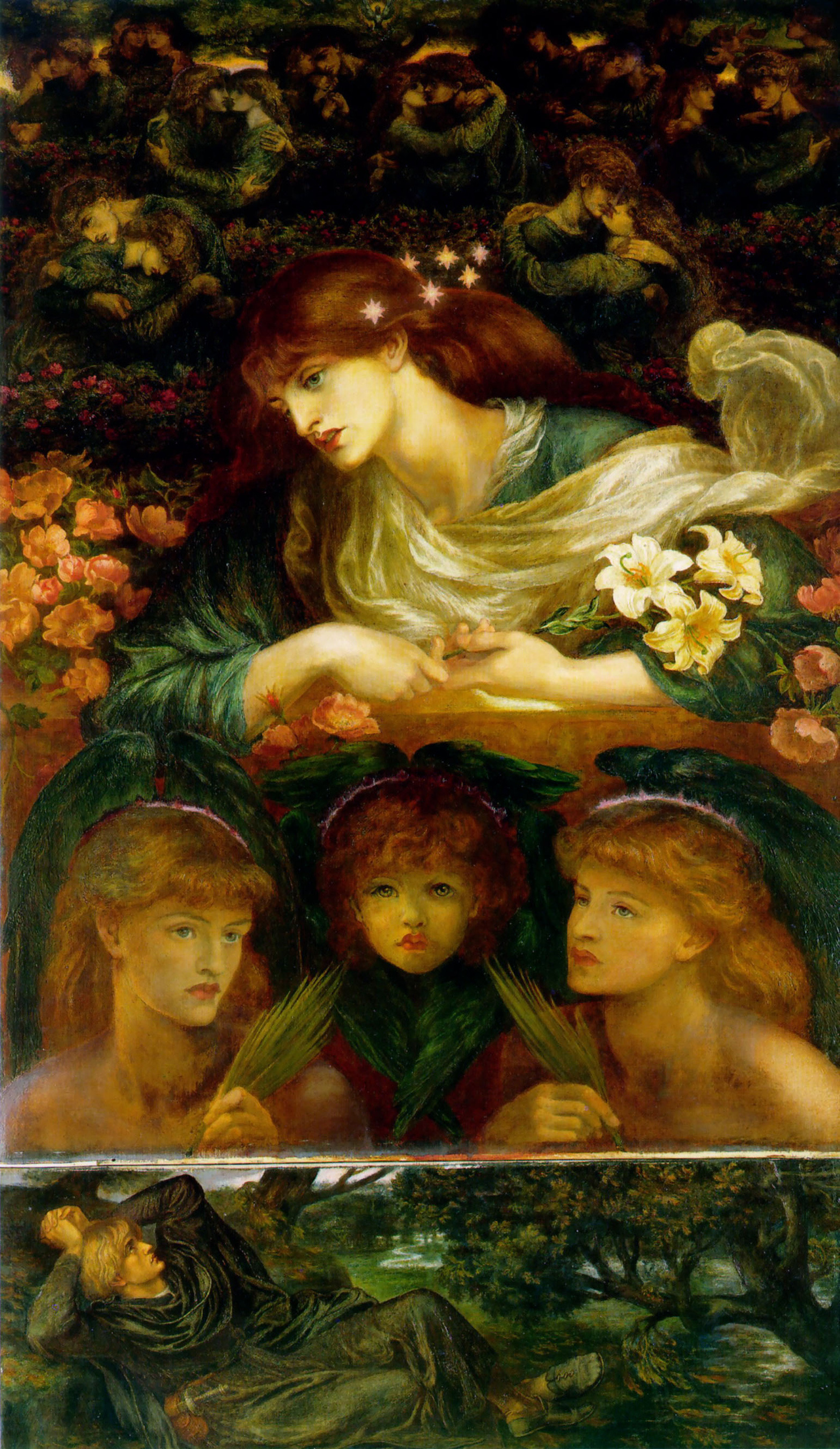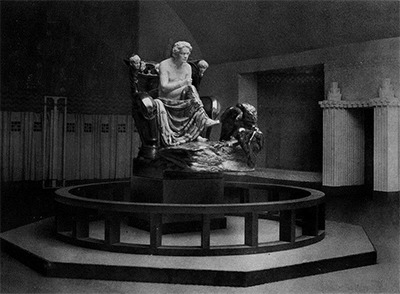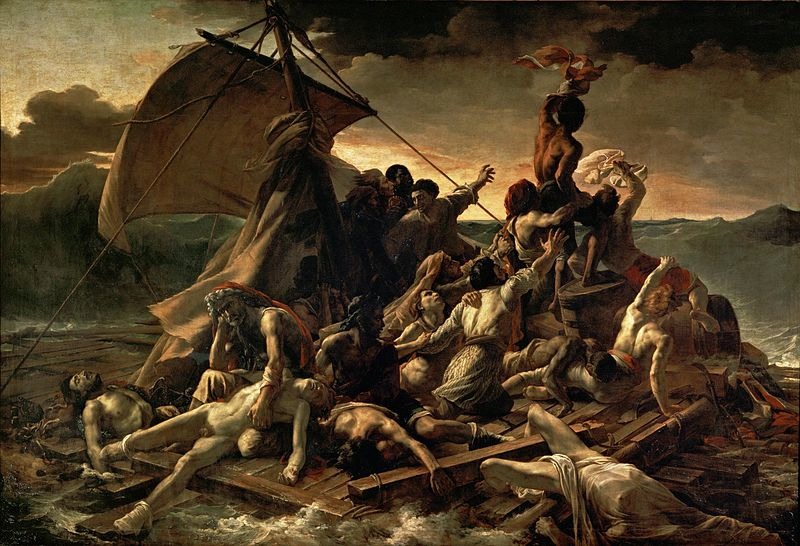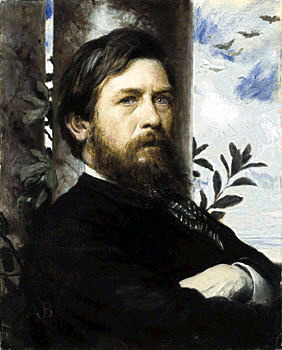The Pre-Raphaelites as a group were founded in 1848 and quickly became a 7-man brotherhood. The group was started by William Holman Hunt, John Everett Millais, and Dante Gabriel Rossetti who were then joined by William Michael Rossetti, James Collinson,
Painting
At the turn of the 20th century the great symphonic composers, Beethoven and Brahms, became symbols for artists such as Max Klinger (1857-1920), an amateur pianist, painter, sculptor and engraver. Klinger saw their music as an expression of the fate
Claude Debussy’s entire musical outlook changed after he experienced the subtle and graceful arts of Japan. As a contrast to the filled and busy impressionist paintings that surrounded him, many of the Japanese woodcuts he admired were just as filled
In many of my previous articles for this publication I have written about the close relationship between art and music. Over the course of the next few months, I would like to concentrate on specific artists and their direct relationship
We know Sandro Botticelli as that 15th-century painter who was able to capture the ineffable in his works, be it the personification of a season, the birth of a goddess, or an important Biblical meeting. The early Renaissance painter Botticelli
It might be termed a double tragedy: one is a monumental artwork commemorating a tragic episode in French history and the other a monumental musical work that suffered from the political tensions of the day.
The Dutch painter Rembrandt van Rijn (1609-1669) brought Dutch painting to its Golden Age – matching Dutch society’s great wealth and cultural achievements with an innovative and creative style of painting. He trained the generations of artists that followed him
The Swiss symbolist painter, Arnold Böcklin (1827-1901) took the world of mythology as his source of inspiration. His most famous painting, Die Toteninsel (The Isle of the Dead), painted in multiple versions between 1880 and 1886, was the inspiration for








